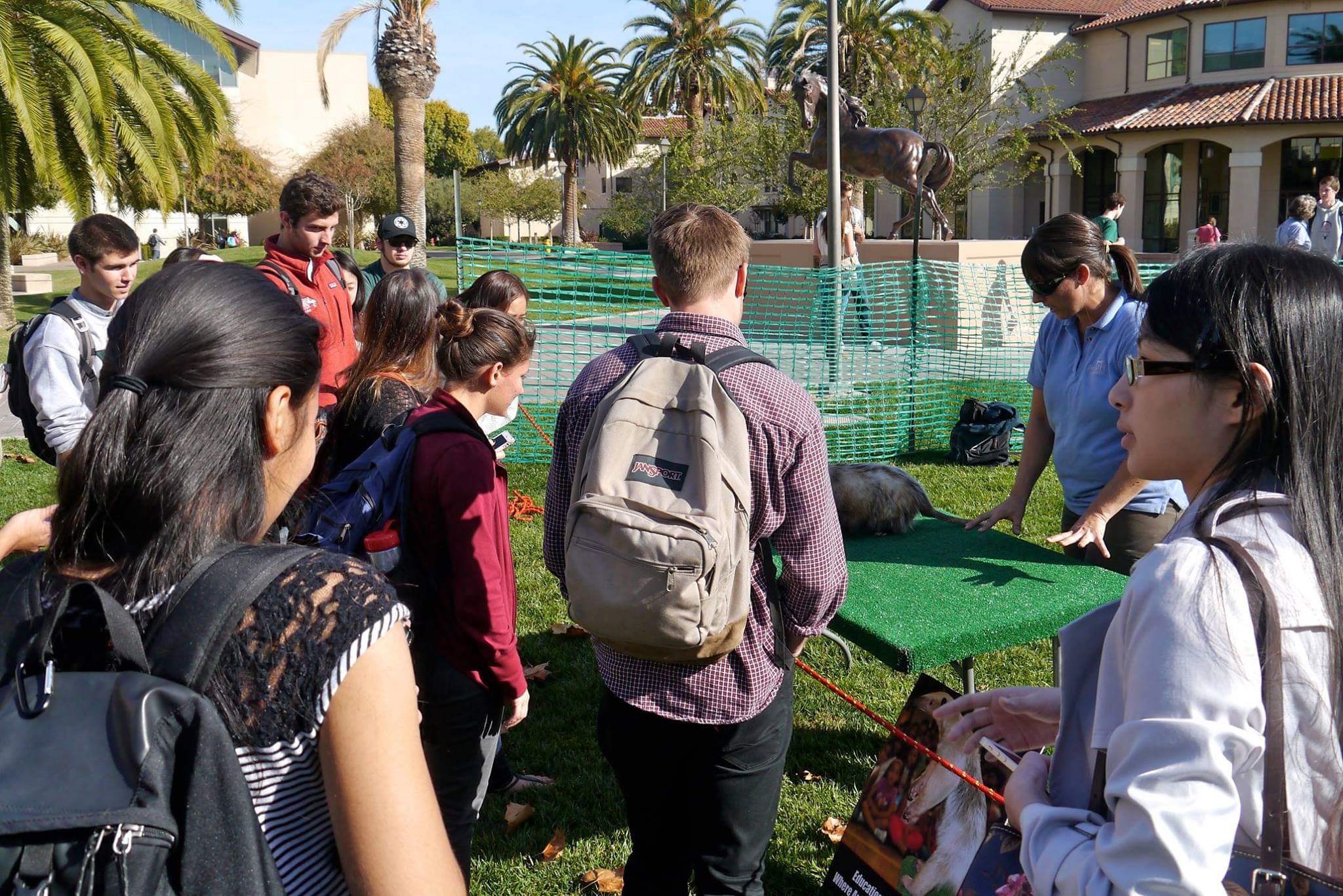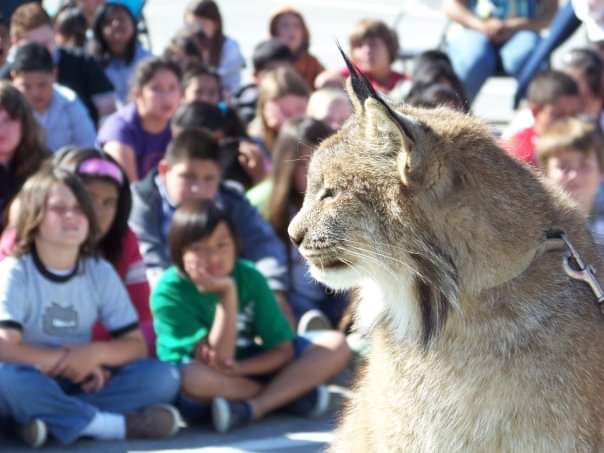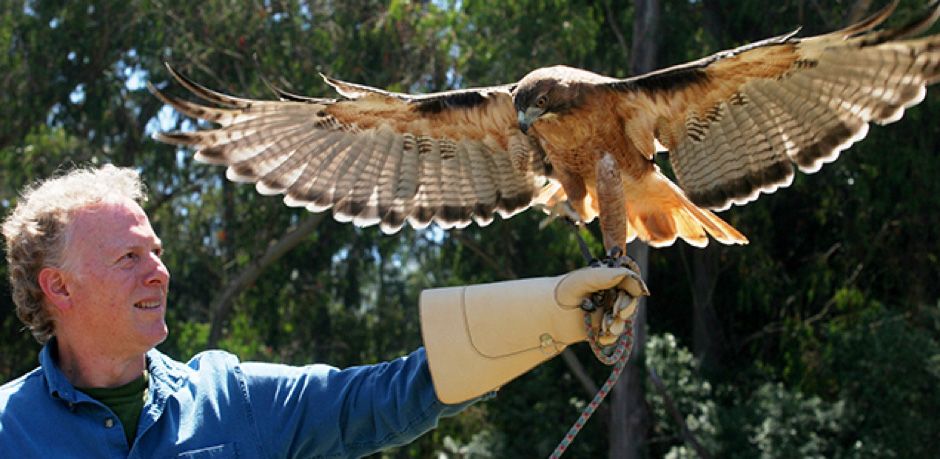
- Inspiring People -
- 4mins -
- 382 views
WILDMIND: THE SANCTUARY WHERE ANIMALS AND AT-RISK TEENS COME TOGETHER TO HEAL
WILDMIND is a forested retreat in coastal California providing marginalised youth a place to heal and re-imagine their lives with programs that meet their important needs, where they learn trust, empathy, and compassion for wild animals, each other and themselves.
Wildmind Sanctuary: Where Children Discover the Healing Power of Animals
Nine times a year, groups of young people from San Jose and San Francisco climb into vans and head out for the fresh air and redwood-dotted forests of nearby Half Moon Bay. These are city kids, with a shared experience of growing up in urban centers. But there is something else that bonds them, too. Each child has been affected by abuse, neglect or some other traumatic experience. Their destination: an animal sanctuary called Wildmind, where they’ll begin the healing process by learning and developing coping skills. But on this three-acre sanctuary it is animals, not humans, who are the teachers.

Wildmind has brought science and environmental literacy to more than 8 million students
The at-risk youth program at Wildmind houses more than 50 non-releasable wild animals that were rescued after being abused, injured or abandoned. Founded in 1980, the nonprofit has a singular focus on educating people of all stripes on environmental issues and the benefits of connecting with nature through animals. But for the marginalised youth who walk through its doors, it’s also a place to build social, emotional and life skills rooted in the animals’ stories.
Many of the teens who take part in the program come from the foster care and juvenile justice systems. They’re referred to Wildmind by shelters, youth agencies or their schools. Once a month for nine months, groups of 10 to 15 teens with troubled pasts meet at Wildmind’s sprawling Half Moon Bay facility. They start their day outside with a healing circle, where they’ll reflect on their feelings and soak up the nature around them.
Next come the animals — or as they’re called here, “wild teachers.” Lola, a red-tailed boa, might “share” why she sheds her skin every month, driving home the point that it’s important to shed negative memories in order to grow. Luna, the great horned owl, might “tell” a story about losing her mother but gaining support from others. There’s also Suka, an Arctic fox; George, a tamandua; Penny, a porcupine; Tundra, a snowy owl; and dozens of other animals, all of which have stories to share that mirror the children’s experiences.
“The animals provide examples of surviving, overcoming obstacles and adapting to their environments, and that’s really what it’s all about for young people in crisis,” Chris Kelley, the executive director of Wildmind told NationSwell.
Over the course of the program, the teens work on a group project, usually helping with construction on one of the animal’s habitats. The group typically ends their day with a hike or walk around the property.
“They get ideas about how to cope with their daily struggles and come through the other end with hope for the future,” Kelley said.
Source: NationSwell

The at-risk youth program has helped around 2,500 troubled teens
The story of Wildmind goes back nearly four decades ago when Steve Karlin, an environmental educator, opened a sanctuary that encouraged children to connect with nature. The at-risk youth program, which has helped around 2,500 troubled teens, was added in 2001. All in all, Wildmind has brought science and environmental literacy to more than 8 million students.
Jen Motroni, a wildlife educator, said it’s incredible to watch the kids open up over the months. People who would have never crossed paths create lifelong friendships and learn as much from each others’ challenges as they do from their animal teachers.
“They have this idea of what’s going to happen, and then all of that gets broken down,” she told NationSwell. “Many times they open up to us about the abuses and the trials and tribulations they go through.”
Motroni, who has worked at Wildmind for 18 years and with the at-risk program for three, has heard the kids describe all sorts of family challenges, from parents who have been deported or struggle with addiction to fathers who have abandoned their family.
“I have learned so much from these kids,” she said. “Everybody has their own story and you never know what someone has gone through.”
Kelley stressed the dual nature of the program. “It was developed to not only include the animals and the stories around the animals, but to provide young people a forum for opening up, for trusting people, for sharing their feelings,” he said. “Wildmind creates a safe space for them to do that.”
Source: NationSwell


